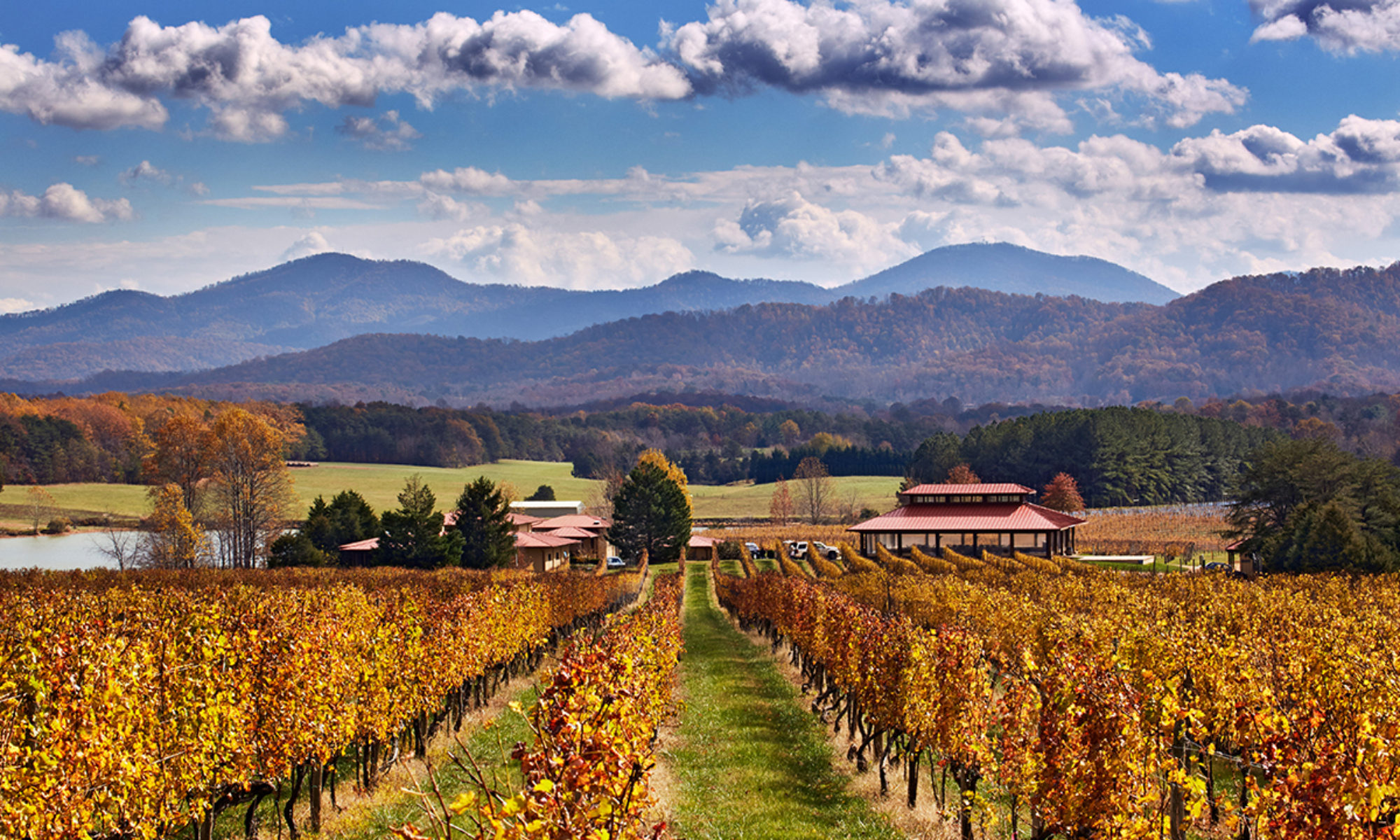Located off of Days Point Road in Smithfield, Isle of Wight County, along the mouth of the James River near Norfolk. This family-run vineyard was launched by owner Kim Pugh in 2005. SummerWind spent their first decade in the grape-selling business, supplying wine grapes to Tarara and Williamsburg wineries, among others. In 2015 they transitioned into a winery, and began bottling their own wine, using the services of Virginia superstar winemaker Michael Shaps from Charlottesville. The Tasting Room was opened in the Summer of 2018.
Wine: Tier II. SummerWind may be a small operation and new as a winery, but these are serious grapes and wines. The vineyard has done well as a supplier of grapes to other wineries, and Michael Shaps Wineworks is a guarantor of quality winemaking. SummerWind currently has Cabernet Franc, Petit Verdot, Cabernet Sauvignon, Merlot red varietals, along with a Bordeaux-style red blend, and Viognier, Petit Manseng, and Chardonel for white wines. There are no sweet wines here, only dry-style bottles. The eleven-acre produces about 1,500 cases a year.
Setting. A quiet setting, set along a creek, great for sipping wine along the water. SummerWind is situated on a strip of land lying between the James and Pagan Rivers. The recently-opened tasting room looks, and was, someone’s house. There is a large outdoor area to take wine glasses and bottles, with both vines and Christmas Trees, as SummerWind doubles as a Christmas Tree Farm. Snacks available, as well as sandwiches and salads for lunch and/or a picnic. Dogs welcome.
Stories. The Nansemond Tribe. The Nansemond are an Algonquian people who lived along the Nansemond River, a tributary of the lower James River, at the time of the arrival of European settlers. The Nansemond were part of the Tsenacomoco (or Powhatan paramount chiefdom), a coalition of approximately 30 tribes distributed throughout the northern, southern, and western lands surrounding the Chesapeake Bay. The term “Nansemond” in the tribe’s language means “fishing point,” and they termed their land Chuckatuck. The head chief of the tribe lived on what is today Dumpling Island, and this was reportedly where the tribe’s temples and sacred items were kept. The year after the 1607 English arrival, Captain John Smith and his mean raided one of the Nansemond towns for their corn supply, and in 1609 they took control of Dumpling Island, destroying the tribe’s burial sites and carrying off pearl and copper ornaments and other valuables. The Nansemond were shortly pushed off their lands entirely, and struggled to maintain their culture through the 18th, 19th and 20th centuries. Many Nansemond tribe members continued to live on or near their ancestral lands. The tribe gained state recognition in Virginia in 1985. In 2013, the Nansemond came to an agreement with the City of Suffolk, which transferred 100 acres to the tribe from a riverfront park along the Nansemond River, their ancestral territory. The tribe intends to use this site to reconstruct their historic village of Mattanock Town, as well as a community center, museum, pow wow ground and other facilities: there is as yet insufficient funding to progress the project, though pow wows have been restarted on their traditional land.
